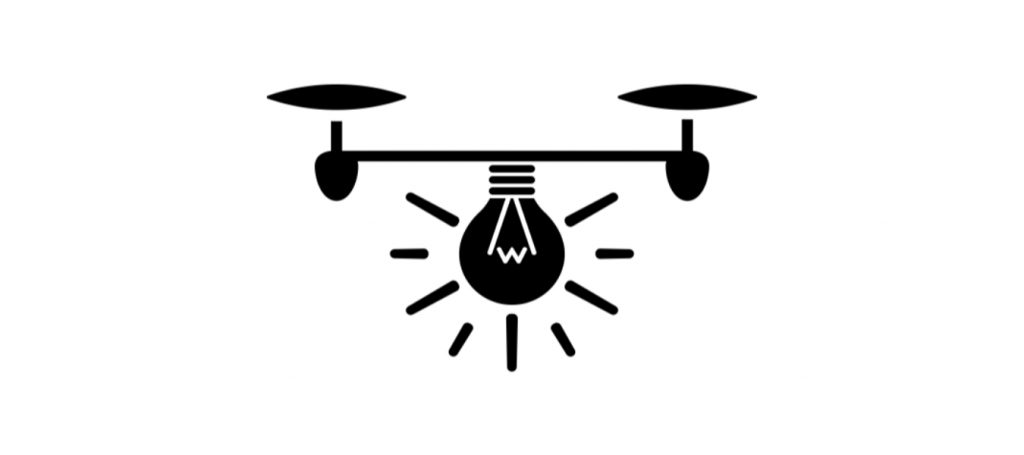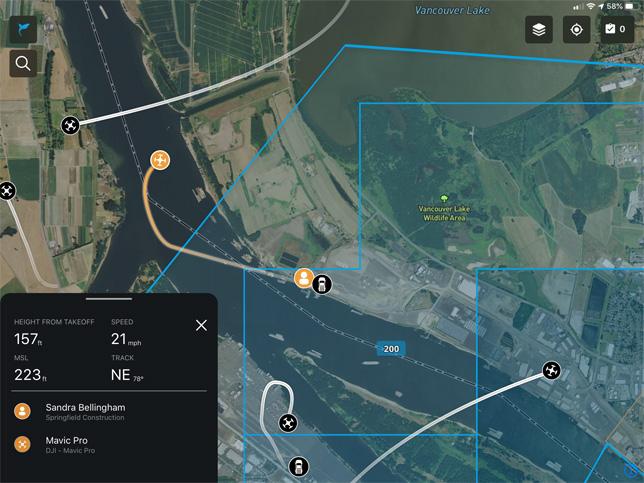
The Arrival of Real Time Insight At Altitude: When Cellular Data Meets Your Drone
Most commercial drones today operate in what we might call a time-delayed ‘batch mode’ – they fly, collect a tremendous amount of data in the form of imagery and sensor information, and then return to base. At this point, the captured data is transferred to a computer for further processing dependent upon the project requirements.
The amount of data collected in this way can be staggering, particularly if video is involved. A recent flight we undertook for a farmer for a PR oriented project involved 60GB of data . Another project, to capture half of a golf course for a turf health analysis involved almost 20 GBs of data.
Advancements in drone technology, however, can change this business paradigm dramatically.
That’s why its interesting to read an article on a pilot project by the US cellular company Verizon which provides for real time data collection and analysis for a power utility.

At this time, the application as described in the article is somewhat limited – essentially, Verizon and its drone subsidiary are utilizing cellular connected drone technology to better manage flights, provide for safe operation, and undertake drone resource utilization management. In effect, they are using connectivity to provide for ‘better fleet management.’

We here at LI&D always like to think about the future of this marvellous industry. What if we could actually inspect the health and integrity of an electrical system – or other infrastructure – in real time, using cellular technology? This might come about with the arrival of 5G technology which allows for much more bandwidth.
With our thinking caps on, we see this potential scenario:
- Utility line inspection has quickly emerged as one of the most powerful drone applications given the height of electrical towers and the current risk (and cost) of manual inspection
- Many utilities have been busy exploring and investigating this opportunity already – they understand the business use case
- Given the critical nature of the energy grid, the benefit of a drone finding potential power line or infrastructure failures in real time – as opposed to a post flight analysis – could have pretty far reaching potential by guaranteeing overall uptime of the grid!
- Cellular connected drones with a sophisticated real time analysis capability – allow for pinpointing potential problems and providing for corrective action before they happen!
Will we see this type of hyperconnected drone assessment flight happen in real time? We have no doubt!
Comments are closed.